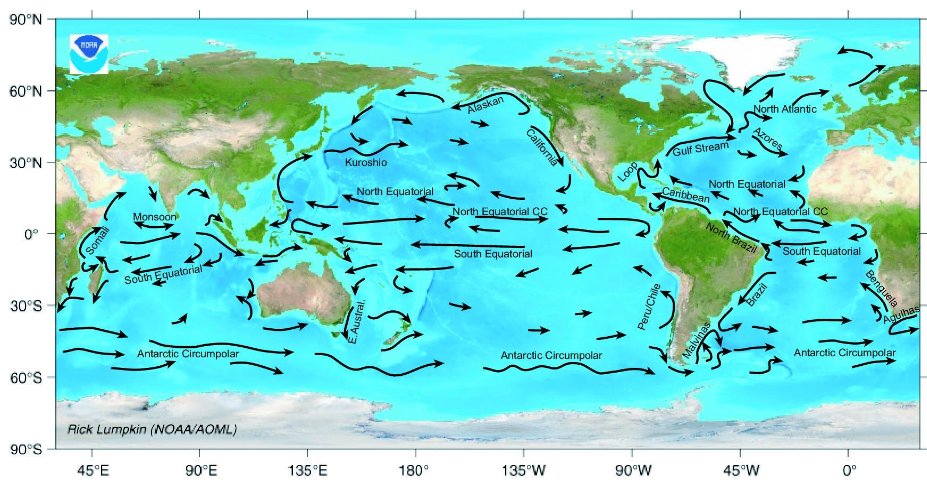Why the Paris climate agreement might be better off without the US https://t.co/5xPjbsF5h1 via @wef
— Paramendra Kumar Bhagat (@paramendra) December 14, 2019
The UK just got through its first day without burning coal since the industrial revolution https://t.co/q4ZgQViRdz via @wef
— Paramendra Kumar Bhagat (@paramendra) December 14, 2019
This is why leaving Earth is unrealistic, says Nobel laureate. https://t.co/nVhwXD6lXG via @wef
— Paramendra Kumar Bhagat (@paramendra) December 14, 2019
Why the world needs a grand coalition to fight climate change https://t.co/bzsC02WnEo via @wef
— Paramendra Kumar Bhagat (@paramendra) December 14, 2019
Fighting climate change could add $26 trillion to the global economy by 2030 https://t.co/rcinlAyGRN via @wef
— Paramendra Kumar Bhagat (@paramendra) December 13, 2019
In Denmark we haven't had a majority party in my lifetime. What you guys call a "hung parliament", we just call a "parliament".
— Dr. Sune Auken, #FBPE #HaveDemocracy #DDFE (@GenreResearch) December 12, 2019
It leads to such awful things as dialogue, negotiation, balance, and compromise. I kid you not. It really is THAT frightening.
Climate change: Here's what 2030 could look like if we win the fight https://t.co/tAwEUhZqiG via @wef
— Paramendra Kumar Bhagat (@paramendra) December 13, 2019
Plato was right: we need more scientists at the heart of global governance https://t.co/SwtQIkABvl via @wef
— Paramendra Kumar Bhagat (@paramendra) December 13, 2019
We need a new framework for global governance. Here’s how we could build one https://t.co/ZNe73EYe7B via @wef
— Paramendra Kumar Bhagat (@paramendra) December 13, 2019
Davos Manifesto 2020: The Universal Purpose of a Company in the Fourth Industrial Revolution https://t.co/LGZyWCjfGl via @wef
— Paramendra Kumar Bhagat (@paramendra) December 13, 2019
Gaps in global governance are holding back the world’s economy. Here's how https://t.co/cI7yaekewX via @wef
— Paramendra Kumar Bhagat (@paramendra) December 13, 2019
Why we need to rethink geo-economics to beat climate change https://t.co/XAniT23EtW via @wef
— Paramendra Kumar Bhagat (@paramendra) December 13, 2019
Global Energy Demand https://t.co/iL7lEwTbL6 #cleanenergy #cleantech #GreenNewDeal #GreenEnergy #coal #solar @elonmusk @GretaThunberg #ClimateChange #ClimateChangeIsReal #ClimateCrisis #ClimateAction #climatestrike #ClimateActionNow #ClimateChangeHoax #ClimateDebate
— Paramendra Kumar Bhagat (@paramendra) December 14, 2019













